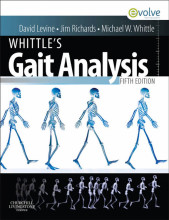Factorial bs anova
13 important questions on Factorial bs anova
What is added in the sum of squares of the model?
What are important values in the spss tables when producing these anovas?
The f value
Significance and the effect sizes
What are two ways of interpreting interactions?
Simple main effects
- Higher grades + faster learning
- Never study anything twice
- 100% sure, 100% understanding
When are there no main effects and no interaction in interaction graphs?
When is there no main effect for one variable but there is for the other and no interaction?
When are there no main effects, but there is interaction?
Why do you need to transform data?
Correcting problems with normality (skewness for example)
Correcting problems with the assumption of homogeneity of variance (reduce heteroscedasticity)
On what is data transformation based?
It does change the absolute values or differences (units are changed)
Why use a log transformation?
Converts value x to power y, which is used for the analysis
How do you perform log transformations?
x_new- ln(x)
Correct for skew and unequal variances, then the original values are close to 1, zero or a negative a constand needs to be added:
x_new=ln(x+15)
What are square root transformations when do you use them?
Can correct for positive skew and unequal variances
Add a constant in case of negative values in dataset
What is reciprocal data transformation?
Correct for positive skew and unequal variances
Rerverses the scores large becomes small, small becomes large, solution:
x_new=1/(xmax-x)
What are reverse score transformations?
x_new= x(max+1)-x
Can correct for negative skew, if followed up by e.g. log transformation and reverse scores back again
The question on the page originate from the summary of the following study material:
- A unique study and practice tool
- Never study anything twice again
- Get the grades you hope for
- 100% sure, 100% understanding






























